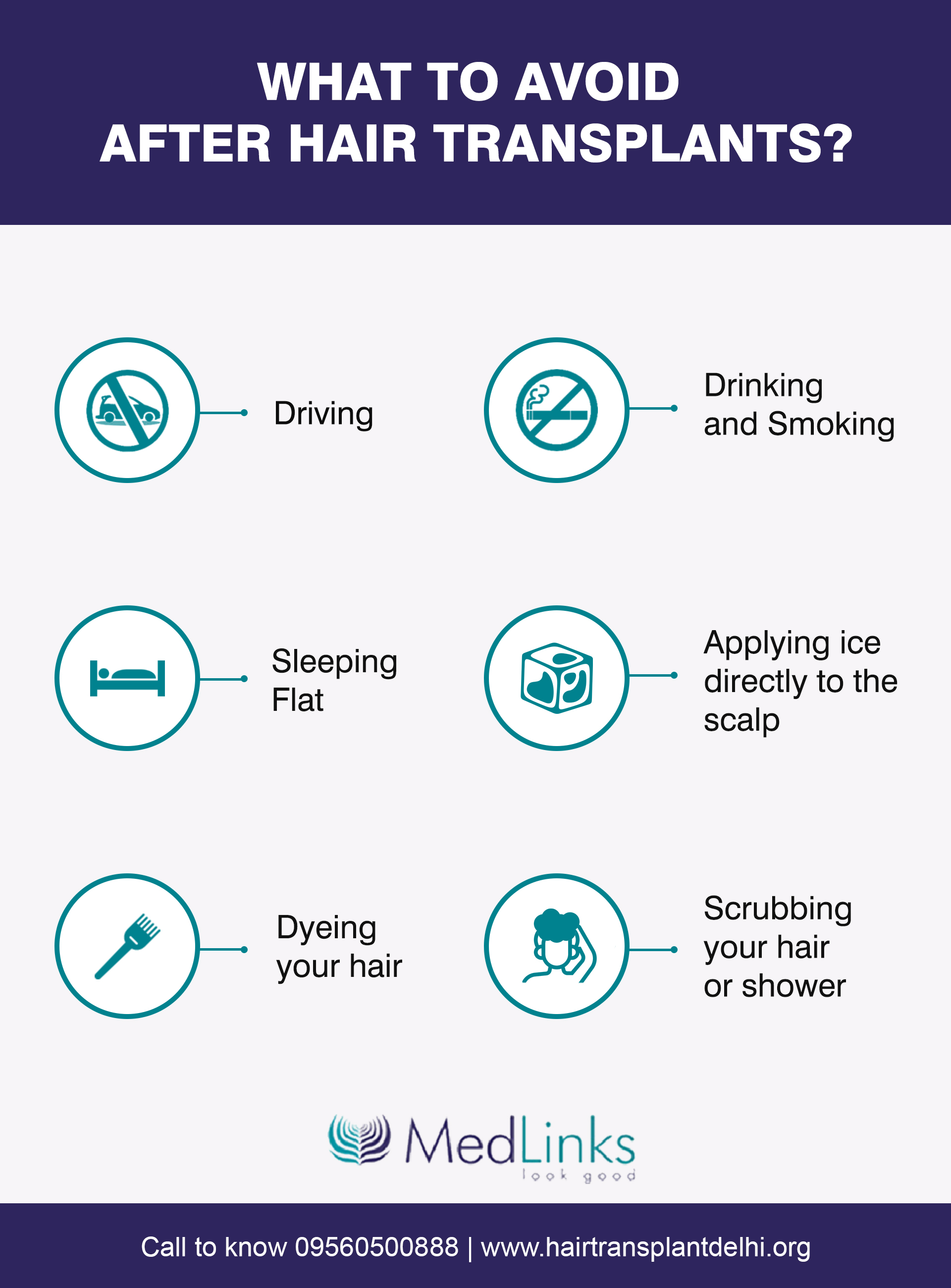- Home
- About Us
- Hair Transplant
- Hair Loss
- Medical Treatment
- Patients Gallery
- Our Patients
- Blog
- Contact Us
- Hair Transplant Cost
- Book an Appointment
- Brochure

Initial reports from the American Academy of Dermatology suggest that over 320 million people in the U.S struggle with premature balding and persistent hair loss. The number is way more in people across the world. Premature hair loss, and balding affect the physical as well as the emotional wellness of both men and women.
However, the advancements in medical technologies and techniques have proven beneficial in restoring the signs of hair loss and also boost one’s confidence. Hair transplant surgery is one of the leading cosmetic procedures done by an experienced cosmetologist by transferring the hair follicles to the balding sites on the scalp.
While the procedure has been in practice for years now, more and more individuals are afraid of undergoing the surgery, primarily because of the myths encircling it. Like any surgical procedure, even a hair transplant inflicts a bearable amount of pain, however, it is not too drastic as imagined by many people.
Here, we will be unfurling the truths about the hair transplant procedure and discuss whether it is actually a painful process or not.
Feel free to skip ahead if one topic catches your eye
A hair transplant procedure is extremely elaborative and involves a lot of steps and precautions that both the patient and the surgeon need to discuss. To ensure an easy understanding of the procedure, we have broken it down into three sections spanning from the beginning to after the successful completion of the treatment.
The surgery is often done as an outpatient treatment, wherein the patient can come into the hair transplant clinic in delhi day of the surgery and leave within a few hours of the successful completion.
Here’s what you should know about the procedure:
Before the Procedure
During the Procedure
In Follicular Unit Transplantation (FUT)
In Follicular Unit Extraction (FUE)
Once the surgery is done, the patient is wheeled into the recovery room and kept under observation for an hour or until their anesthesia wears off.
After the Surgery

To say that a hair transplant isn’t painful would be a lie. However, the pain isn’t as triggering and severe as many people think it would be.
Since the procedure is primarily done under local anesthesia, you might feel a minimal pricking sensation, which can be controlled with correct anesthesia techniques and icing.
To explain better, the pain is quite brief and temporary and can be controlled with proper medications.
As Dr. Gaurang Krishna explains in this video, a hair transplant procedure is a relatively painless procedure. He explains that the patients can develop mild swelling and discomfort around the forehead and below the eyes, however, all of these complications are temporary and resolve within a week after the treatment.
Further emphasizing the side effects and complications, Dr. Krishna explains that they are generally of two major categories – Avoidable and Surgery-related, all of which are treatable and cure on their own within a week or two of the procedure.
If done the right way and under the guidance of a skilled hair transplant specialist, you will likely feel very little pain during the procedure. However, the recovery period after the procedure can inflict signs of pain that you need to get on top of.
Here’s what you can do to reduce or manage the pain:
The hair transplant procedure is not just effective but relatively painless. So, if someone is filling your ears with lies telling the procedure causes unbearable pain, you need to trust the professionals and not anyone else.
At Medlinks, we assure our patients with the best experience with their hair transplant procedure with minimal pain and optimal comfort.

Dr. Gaurang Krishna

Copyright © 2025 Medlinks. All Rights Reserved.
Disclaimer:The content published on this website(hairtransplantdelhi.org) is meant to spread awareness and educate the concerned patients regarding baldness and hair transplants as well as the treatment options available for baldness and hair transplant treatment in Delhi India. Any information on the website shall not be regarded as a prescription from a professional dermatologist. We recommend visiting a dermatologist in person for the right diagnosis and the treatment for any hair issues. We do not guarantee specific results as the treatments and the results vary from person to person.